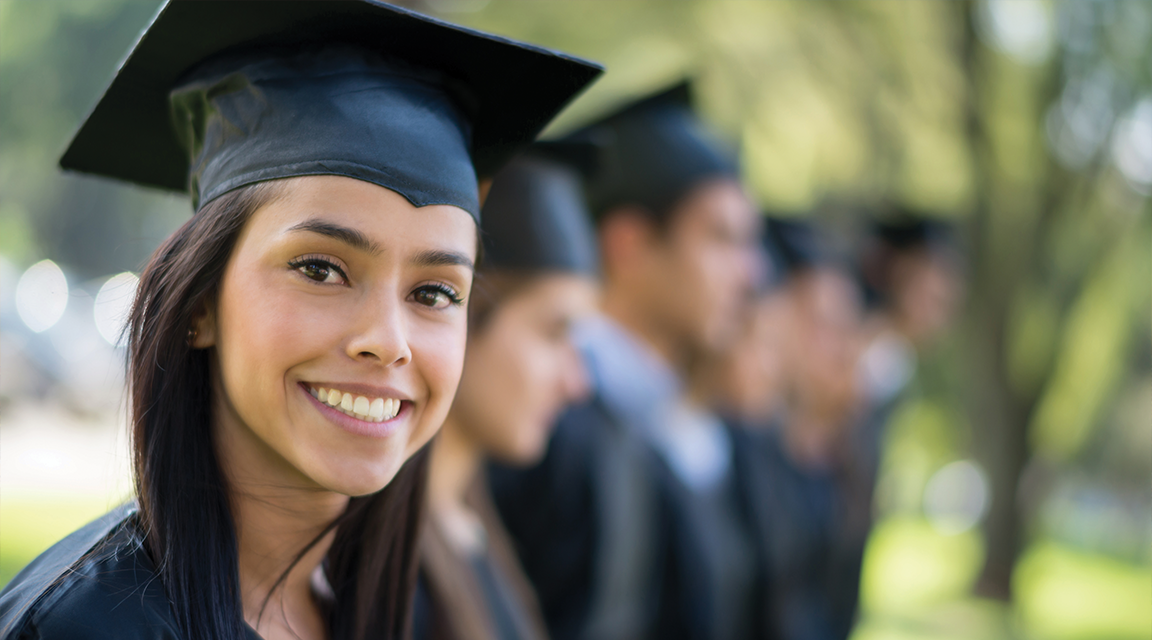HOW THEY DID IT
Under the leadership of Superintendent Alberto Carvalho, Miami-Dade schools have taken a more student-centered approach. The number of magnet, charter and “choice” school options has grown rapidly, along with individualized resources and programs. By providing parents and students with a range of personalized education pathways, they’re better able to meet the needs of disadvantaged students and promote academic success.
“Ensuring that students succeed both in and beyond the classroom requires individual and collective support from the entire community. Our school district boasts some of the best and brightest teachers in the nation who are extremely skilled at what they do. Each day they make instruction and learning come alive for students. But the work of supporting students academically and keeping them focused lies not only with teachers but with the community that believes in the power of education.”
— Alberto Carvalho, Superintendent of Miami-Dade County Public Schools, 2020
THE FULL STORY
In 2008, the Miami-Dade County Public School District was near bankruptcy, had a dismal graduation rate and saw significant disparities in student achievement by minority and disadvantaged students. As the nation’s fourth-largest school district, Miami-Dade has over 350,000 students. Ninety percent of those students are black or Hispanic and 74 percent are low-income.
When Alberto Carvalho was appointed Superintendent of the Miami-Dade County Public Schools in 2008, he made radical reductions in administrative overhead, saving millions of dollars to reallocate into school programs and improvements. He took an ax to the budget, ultimately slashing more than $2 billion, without firing a single classroom teacher. The resulting efficiencies led to targeted innovation, centered on an expansion of school choice.
Carvalho rolled out a bold plan to increase the number of magnet, charter and “choice” schools in Miami-Dade. Under his leadership, the number of these options has grown rapidly, and as many as 62 percent of students were attending one of these schools as of the 2015-16 school year. Up to 30 new programs have opened each year, with focus areas ranging from occupational specialties to vocational training.
While traditional schools are still supported, this has allowed parents and students a range of educational options. The idea is that giving students the ability to learn at their own pace, while holding them to high standards, will lead to academic success. “One size fits none,” explains Carvalho. “A need creates schools that provide for independent, personalized, individualized learning journeys for all students.”
In 2012, Miami-Dade won the Broad Prize for Urban Education, the largest education award given each year to urban school districts that have made the biggest progress in student achievement and closing achievement gaps. Miami-Dade County Public Schools was recognized for outperforming peer districts in academic achievement; helping minority students reach advanced academic levels, placing Miami-Dade in the top 30 percent statewide; improved college-readiness levels; and raising graduation rate among minority students.
Miami-Dade has also implemented a number of student-centered strategies such as school day administration of the SAT and ACT exams, as well as a partnership with Khan Academy and the College Board to provide free tutoring for high school students. The Acceleration Academies’ high school reengagement program assists students who have left their traditional high school to earn a district-issued diploma.
In 2014, the district was named the College Board Advanced Placement Equity and Excellence District of the Year for being the nation’s leader, among large school districts, in simultaneously expanding access to Advanced Placement Program courses and improving AP exam performance. From 2010 to 2013, the district increased the percentage of traditionally underrepresented minority AP students earning a 3 or higher on at least one AP Exam by six percent annually—an increase of 1,561 students last year.
Since 2006-2007, the district’s graduation rate has increased almost 27 percentage points from 58.7 percent to 85.4 percent in 2017-18. The improvements continue with more than 130 new programs and initiatives announced for the 2019-2020 school year, all designed to continue the focus on innovation, academic rigor, parental engagement, and increased efficiencies in operations.
